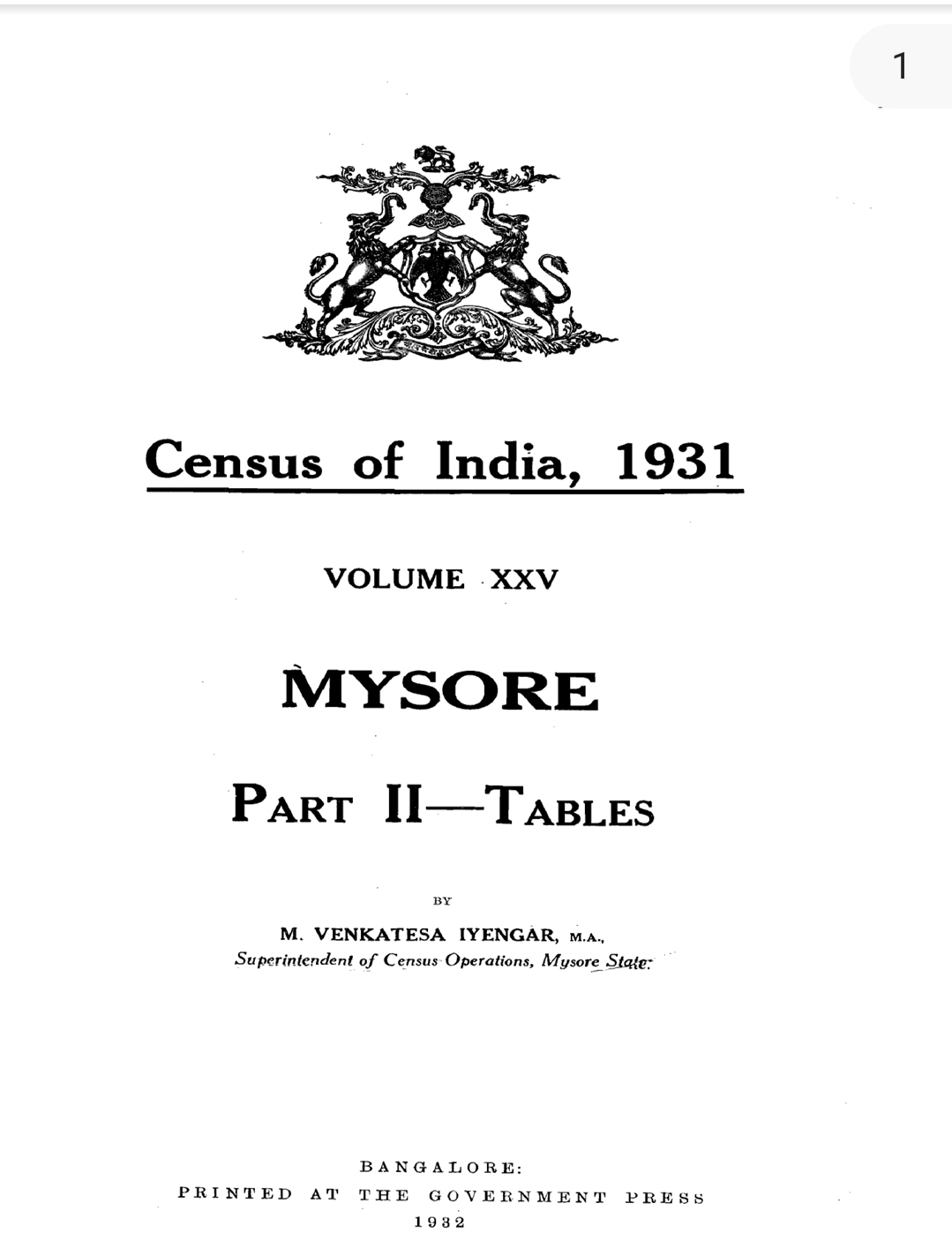The History and Cultural Significance of Different Types of Indian Silk.
India has been a hub for silk production and weaving for centuries, contributing significantly to the global textile industry. Known as the "land of silks," India is home to a rich variety of silks, each with unique characteristics and deep cultural significance. The legacy of silk in India is intertwined with its history, religion, and social customs, reflecting the country's diversity and craftsmanship.
Silk production in India is believed to have started around 2000–1000 BCE, introduced through trade interactions with China. By the Mauryan period (322–185 BCE), silk was an integral part of Indian textiles, with references found in ancient texts like the Arthashastra. During the Gupta Empire (320–550 CE), silk weaving flourished, and Indian silks became prized commodities along the Silk Road, traded as far as Rome and Southeast Asia.
Over time, distinct silk-weaving traditions developed in different regions, influenced by local cultures, religions, and climates. Indian silks gained royal patronage, particularly during the Mughal period, when elaborate silk textiles adorned the courts of emperors.
India is the only country producing all four major types of silk: mulberry, tussar, eri, and muga.
1. Mulberry Silk:
Primarily Karnataka, Tamil Nadu, Andhra Pradesh, and West Bengal.
The finest and most popular silk, known for its soft texture and shimmering appearance.
2. Tussar Silk:
Jharkhand, Chhattisgarh, Odisha, and West Bengal.
Produced from wild silkworms, tussar silk is known for its natural golden sheen and coarse texture.
3. Eri Silk:
Assam and other northeastern states.
Also known as "Ahimsa Silk" or "peace silk," eri silk is produced without killing the silkworm, making it cruelty-free. It is soft, warm, and durable.
4. Muga Silk:
Assam.
Exclusive to Assam, muga silk is known for its natural golden-yellow luster and durability. It is produced by semi-domesticated silkworms.
Regional Silk Varieties:
Mysore Silk Karnataka.
Banarasi Silk (Uttar Pradesh).
Paithani Silk (Maharashtra).
Patola Silk (Gujarat).
Chanderi Silk (Madhya Pradesh).
Silk holds immense spiritual and cultural value in India. It is considered auspicious and is often used in:
1.Weddings:
Silk sarees, especially Kanjeevaram and Banarasi, are a staple of bridal trousseaus.
2.Religious rituals:
Priests and deities are often adorned with silk garments during festivals.
3.Festivals:
Silk attire is a popular choice during major celebrations like Yugadi, Deepavali, Vijaydashmi, and Makar Sankranti.
Indian silk continues to be a global favorite, admired for its craftsmanship and sustainability. However, the industry faces challenges such as competition from synthetic fabrics, declining interest among younger generations, and the impact of climate change on silk production.
Efforts are being made to preserve traditional weaving techniques through government initiatives, export promotion, and increased awareness about eco-friendly practices like eri silk production.
The history and cultural significance of Indian silk reflect the nation's unparalleled craftsmanship and heritage. Each variety of silk tells a story of its region, people, and traditions, making it much more than a fabric it's a symbol of India's cultural identity. As Indian silk continues to evolve, it remains a timeless treasure celebrated both within the country and around the world.
"Silk is the queen of textiles: soft, shimmering, and timeless."
https://www.facebook.com/groups/639106918190039/?ref=share_group_link
#828





Comments
Post a Comment